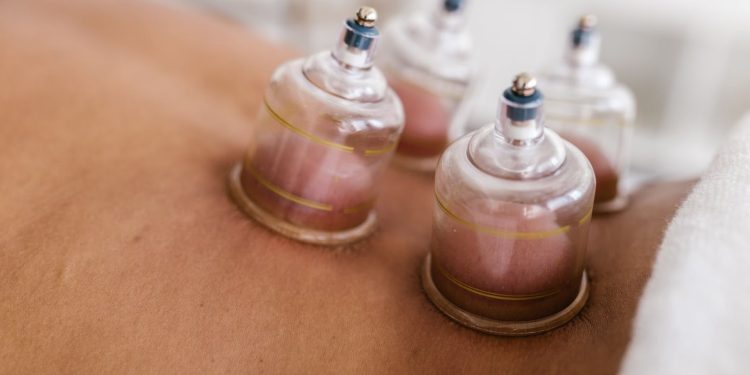In the world of holistic health and alternative medicine, Hijama, also known as wet cupping, stands out as a traditional healing practice. This ancient therapy has gained popularity in recent years due to its potential health benefits. Let’s dive into the depths of this fascinating technique and explore its history, procedure, benefits, and modern-day applications.
What is Hijama?
Hijama, an Arabic word meaning “sucking,” involves creating suction on the skin’s surface to draw out stagnant or congested blood. This process is done using cups placed on specific points of the body, creating a vacuum effect. After a few minutes, small incisions are made on the skin, and the cups are used to draw out blood, toxins, and impurities.
The History of Hijama
The roots of Hijama date back thousands of years, tracing its origins to ancient civilizations like Egypt, China, and Greece. Historical texts and ancient medical manuscripts have documented the use of cupping for various health issues, highlighting its prominence in traditional medicine.
The Procedure
Preparation
Prior to the procedure, a practitioner typically assesses the patient’s medical history and identifies the specific points for cup placement based on the ailment or condition being treated.
During the Session
- Cup Placement: Cups, often made of glass, plastic, or bamboo, are placed on specific areas of the body. These can include the back, neck, shoulders, or other targeted zones.
- Creating Suction: The cups are either heated or a suction pump is used to create a vacuum, drawing the skin and underlying tissue upward.
- Incisions and Blood Extraction: After a few minutes, tiny incisions are made on the skin’s surface using a sterile blade, and the cups are briefly removed to extract a small amount of blood.
Post-Treatment
Once the procedure is complete, the practitioner may apply antibacterial ointments or bandages to the incision sites to prevent infection and promote healing.
Benefits of Hijama
Hijama is believed to offer numerous health benefits:
- Detoxification: It helps remove toxins and impurities from the body.
- Pain Relief: Some claim it alleviates pain and inflammation.
- Improves Circulation: By removing stagnant blood, it may enhance blood flow.
- Stress Reduction: Many patients report feeling relaxed and less stressed after the procedure.
Modern Applications
While traditionally used for various ailments, including headaches, back pain, and respiratory issues, modern applications of Hijama have expanded. It’s often sought for stress relief, general well-being, and even as a complementary therapy for certain chronic conditions.
Conclusion
In conclusion, the art of Hijama continues to intrigue and offer potential health benefits to those seeking alternative healing methods. Its historical significance combined with modern applications showcases its relevance in today’s wellness landscape. As interest in holistic health practices grows, Hijama stands as a testament to the enduring wisdom of ancient healing traditions.
Whether you’re considering Hijama for specific health concerns or as a complementary therapy to support your well-being journey, it’s essential to consult qualified and experienced practitioners. Embracing alternative therapies like Hijama can open new avenues for holistic health, providing individuals with additional options beyond conventional medicine.


 Home
Home










